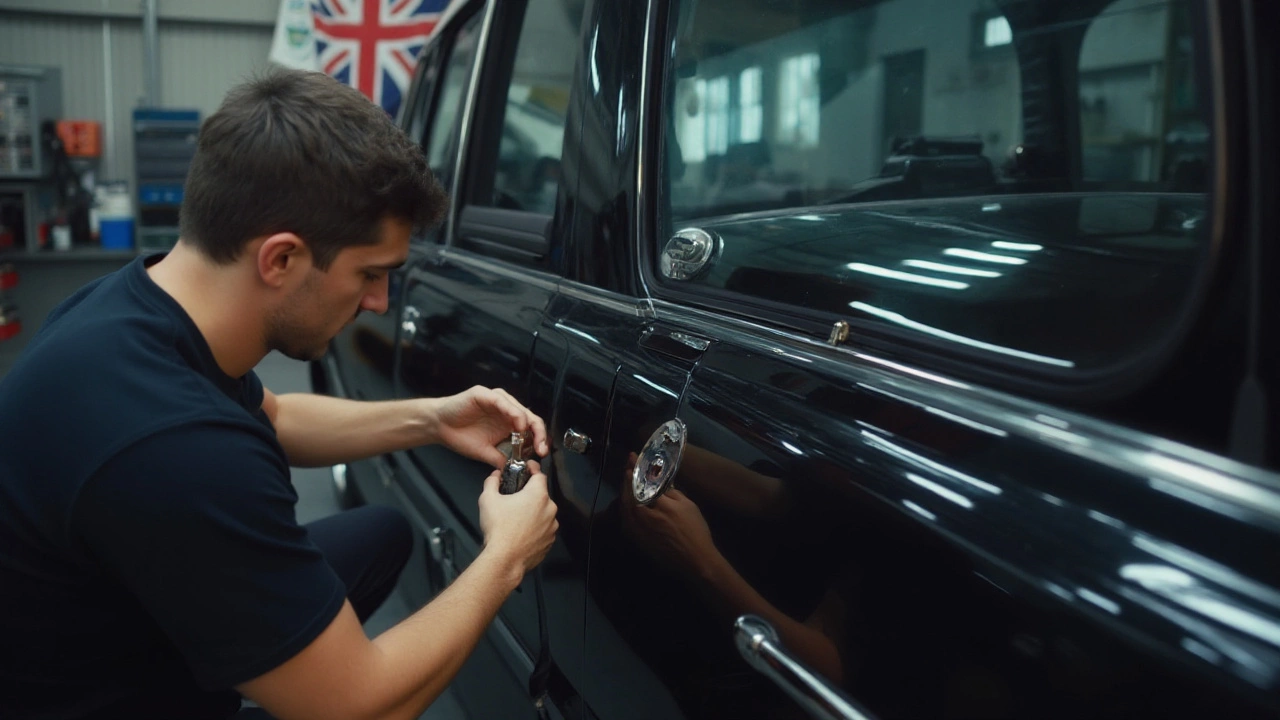Miles – Understanding Vehicle Mileage and Its Impact on Maintenance
When you hear the term Miles, the unit used to measure how far a vehicle has traveled. Also known as Mileage, it helps owners gauge wear and schedule service. In plain terms, every mile you log is a data point that tells you when parts start to age, when fluids need refreshing, and when safety could be at risk. Knowing your miles isn’t just about a number on the dashboard; it’s the foundation for predicting when a clutch will start slipping or when brake pads will finally grind.
Why Miles Matter for Every Part
Take Clutch lifespan, the total miles a clutch can reliably transmit power before wear becomes noticeable. Most manufacturers quote a range of 60,000‑100,000 miles, but real‑world driving style and hill climbs can push that number lower. When your odometer hits the clutch’s mileage ceiling, you’ll notice a soft clutch pedal or delayed gear engagement—classic signs that the unit is nearing the end of its useful life. Next up is Brake pad wear, the gradual loss of friction material measured in miles driven under braking loads. In the UK, a typical set lasts 30,000‑50,000 miles, but aggressive city driving or frequent stop‑and‑go can shave that to 20,000 miles. Listening for a high‑pitched squeal or feeling a pulsing brake pedal are mileage‑related symptoms that should trigger a replacement. Then there’s Engine oil change interval, the recommended number of miles between oil replacements. Modern synthetic oils often stretch to 10,000 miles, yet older cars or severe conditions (dusty roads, short trips) may need a change every 3,000‑4,000 miles. Skipping this milestone can cause sludge buildup, overheating and costly bearing damage. Finally, consider Spark plug lifespan, the mileage after which a spark plug’s performance degrades. A good plug usually survives 30,000‑50,000 miles before misfires, reduced fuel economy and rough idle become noticeable. Tracking this mileage helps you avoid engine knock and keeps emissions in check. All these parts share a simple rule: their health is directly tied to the miles you’ve driven. By treating mileage as a calendar for your car, you turn vague "time‑based" advice into concrete, actionable targets.
Using miles as a guide does more than signal when a component needs attention; it lets you budget repairs before they explode into emergencies. For example, if your clutch is rated for 80,000 miles and you’re at 70,000, you can shop around for a replacement kit, compare prices and even plan a DIY install during a scheduled service. Same goes for brake pads—knowing you’re halfway to the typical wear limit lets you grab a discount on a set and avoid the sudden squeal that forces an unplanned garage visit. Mileage also influences resale value. A well‑documented log showing that you replaced the clutch at 75,000 miles, refreshed the oil every 5,000 miles and swapped spark plugs at 45,000 miles sends a clear message to buyers: the car has been cared for, and future owners can expect fewer surprise fixes.
Below you’ll find a curated set of articles that dive deeper into each of these mileage‑driven topics. Whether you’re curious about the exact signs that your clutch is ready for a kit, need a step‑by‑step brake pad replacement guide, or want to master oil‑change intervals for your specific model, the collection is organized to give you practical, mileage‑focused insights. Keep reading to discover how tracking your miles can turn routine maintenance into a smooth, cost‑effective journey.

Understanding Brake Pad Lifespan: How Many Miles Can They Last?
Jan 21 2025 / AutomotiveBrake pads are an essential part of a vehicle's safety system, directly influencing stopping power and performance. Their lifespan can vary widely depending on various factors such as driving habits, road conditions, and the quality of the pads. This article delves into these factors, providing insights and tips for maximizing brake pad longevity. Understanding when brake pads need replacement is crucial for maintaining vehicle safety and efficiency.
VIEW MORE